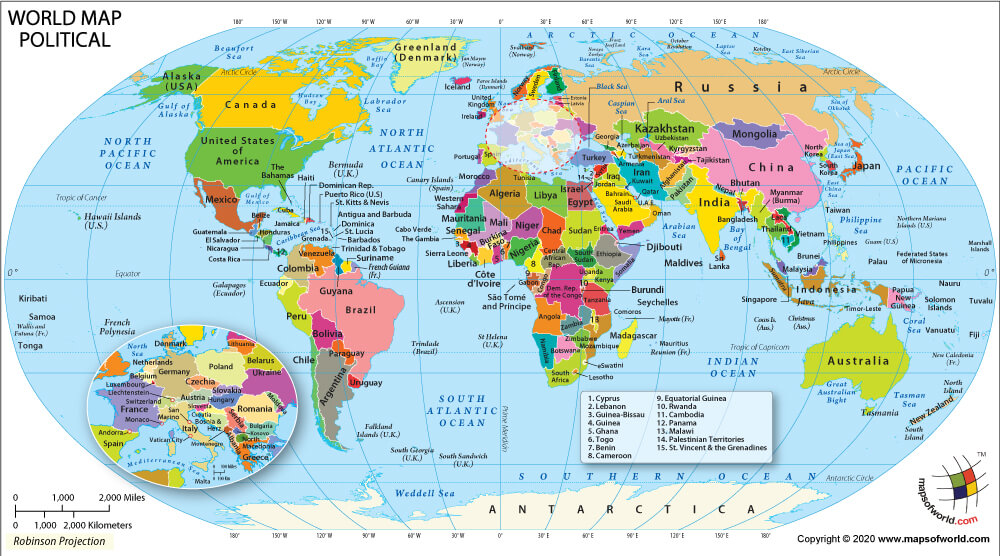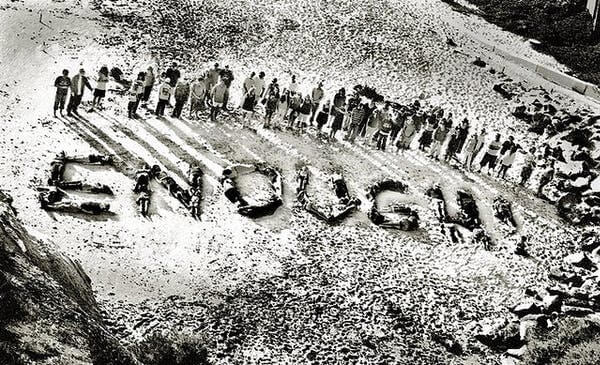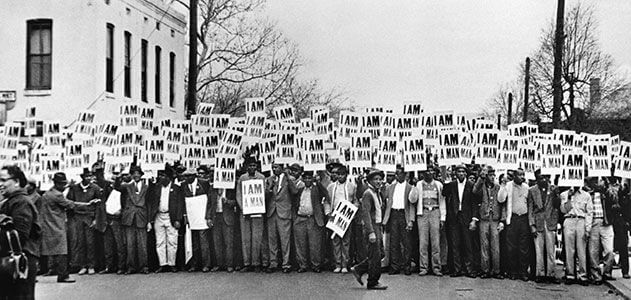BELLWORK – THIS CAN BE GROUP WORK – Put everyone’s name on it.
1) What is the difference between a state (country) and a nation?
2) Name two (2) nations that are not states (countries)
CI.04 Explain and analyze reasons and methods for the creation of different political divisions (e.g., state, nation-state, federal states, electoral districts, multi-national organizations). G, P
What am I learning today?
What defines a country? A nation? What are multi-national organizations?.
Why am I learning this?
Knowing the various terms for state, nation and organizations makes us more knowledgeable of global events and history.
How will I know I learned this?
When you can define what makes a state, a nation, and multi-national organizations impact on the world.
Differences Between a Country, State, and Nation
Types of Maps
World Map – Political
State
Nation-State
State, Nation and Nation-State: Clarifying Misused Terminology
England, Great Britain, United Kingdom?
List of countries by system of government
Electoral Systems around the World
Dutch Elections
US Electoral Districts
Congressional Districts Map
Tennessee Electoral Districts
Congressional Statewide Map
The Senate
Diaspora
A diaspora is a large group of people with a similar heritage or homeland who have since moved out to places all over the world.
Kurds have no country (state)
Nashville – “Little Kurdistan”
Multi-National Organizations
Unilever?



